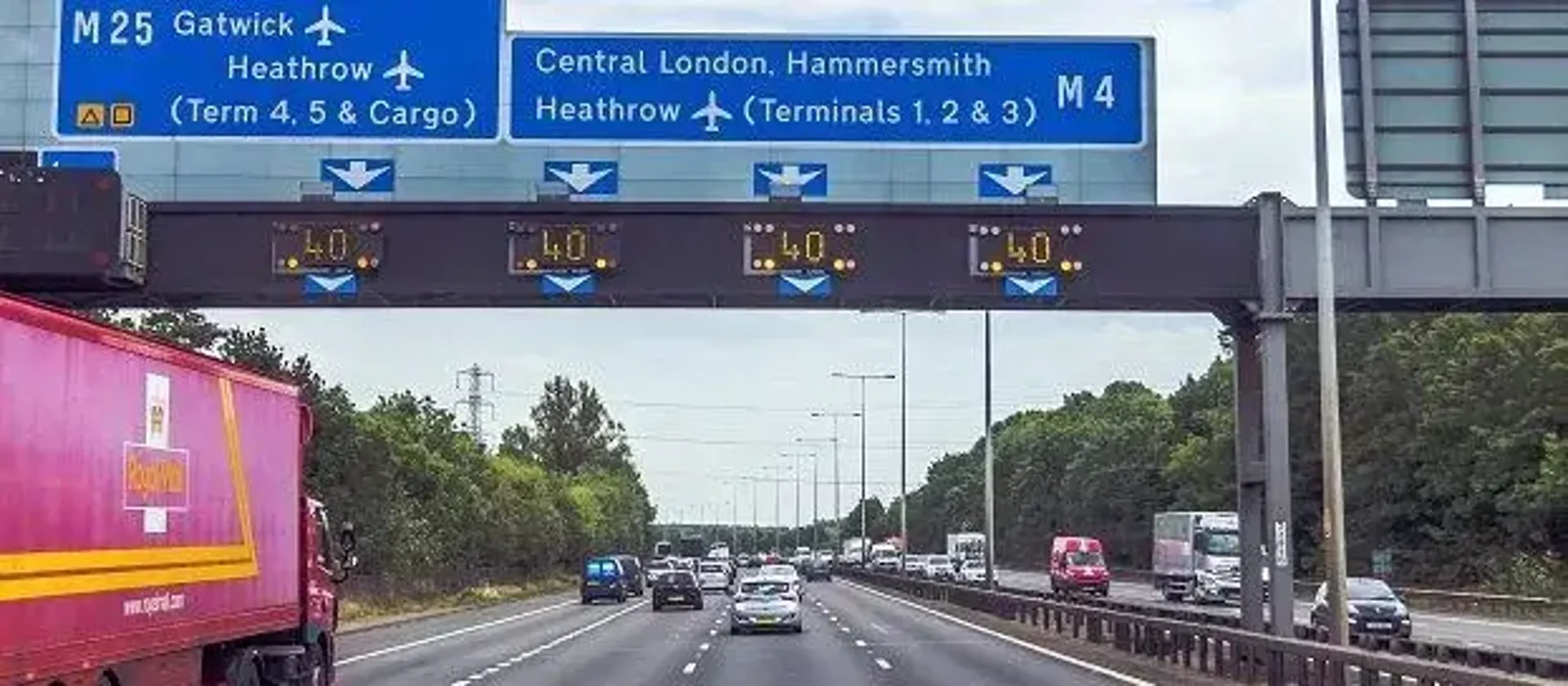
It’s been 14 years since the first Smart Motorway system was trialled in the West Midlands. Since then, we’ve seen the phenomenon rolled out on some of our busiest stretches of motorway. Some view them as an excellent way of alleviating traffic congestion problems, while others find them to be frustrating. Like them or loathe them, Smart Motorways have certainly made their mark on UK motorway driving and are here to stay.
In 2005 the first Smart Motorway was trialled on a section of the M42 between Junctions 3A and 7, a renowned pressure point on the West Midlands motorway. This was deemed to be a successful initiative and just one year later, further schemes were underway on the M6 at Birmingham and on the M25. Now motorways the length and breadth of the UK boast their own Smart Motorway sections to the delight or annoyance of drivers.
The M42 experiment by the then Highways Agency (now Highways England) produced some interesting findings, including showing a significant decrease in journey times. In addition, the report indicated a reduction in accidents from more than five per month to an average of 1.5 per month for the period of the trial. Importantly, there were none caused by the use of the hard shoulder as the ‘congestion lane’. Fuel consumption was also reduced between 4% and 10%.
Principles of the Smart Motorway System
Smart Motorways use the system known as Active Traffic Management (ATM) and were introduced as a method of easing congestion on busy sections of the motorway network. The basic principle is that if all traffic travels at the same, moderate speed and keeps in the same lane thereby avoiding continual lane changing, then the traffic will flow much more smoothly for drivers and cause fewer hold ups.
Having all traffic travelling at a slower speed is also thought to reduce the frequency and severity of accidents and less stop/start driving will inevitably save on fuel consumption for everybody. The system also allows for some traffic to utilise the hard shoulder for those drivers who are leaving at the next junction with a series of laybys set aside for broken down vehicles. If drivers stick to the rules, then the system works very well.
But as the saying goes, ‘there is always one’! Unfortunately, some drivers believe that the rules are there for other people and refuse to adhere to what the system requires of them. While speed cameras can go some way to controlling speeds, there are other problems that are harder to police.
Switching lanes to try and avoid queues only exacerbates the problem as the traffic behind has to slow down to let the vehicle in. And most of us have experienced travelling down the hard shoulder lane for the next exit only to see the person in front cut back onto the main carriageway – so effectively they’ve shortcut the system to ‘get ahead’ of everyone else. This is a false economy as it has been proved many times that swapping lanes to try and speed up your journey is rarely a successful exercise.
Some of the criticisms of Smart Motorways are that they are a cheap solution to providing additional road space due to the use of the hard shoulder and that they do nothing to reduce the amount of traffic on the roads. It could be argued that the idea is not to reduce the traffic - while this is a highly laudable goal - but to at least try and manage it better and make journeys on some of our busiest motorways just that little bit more bearable for everyone using them.


